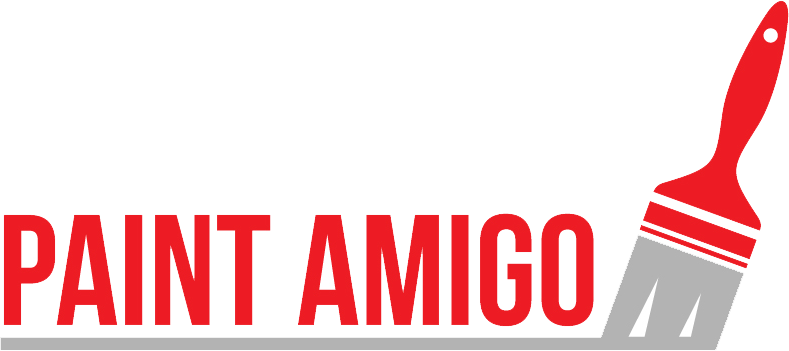When a client hires a professional painting contractor for a job, the final results should look just that – professional. Sometimes that means taping and protecting surfaces in order to achieve the best possible results to maintain client satisfaction and a good business reputation.
Using a premium painter’s tape will help you and your crew be more efficient on the job site and ensure your work stands out above the rest, which is important in today’s competitive painting market.
As with most crews, the skill level varies from painter to painter. By using a premium, edge treated painter’s tape and following the guidelines below, you are assured sharp paint lines. Here are four quick tips that are crucial for your crew to follow to avoid painting and taping slip ups.
4 Taping Mistakes Even Seasoned Painting Pros Make
Surface Prep Before Taping
Don’t forget that diligent prep work is key to taping surfaces and achieving a professional look overall. Make any necessary repairs. Wipe the surfaces clean. Just as paint applies better and more evenly to a clean surface, so does painter’s tape. Clean the surface of all dirt and oil with a damp cloth, and allow the area to fully dry. Grimy walls can cause paint to run, and dust and debris can keep even the best painter’s tape from adhering properly. Keep prep work a top priority to ensure that your customers get optimal end results.
Buy the Right Tape
Invest in high-quality paint tools all around. Inexpensive roller covers, brushes and painter’s tape won’t deliver that professional-looking finish that your customers are looking for when hiring – and paying for – a pro. Purchase a premium edge-treated painter’s tape if your customers are looking for the sharpest paint lines possible. Also, investing in the right tape will ensure maximum protection for walls, baseboards, trim and doorways, etc., and seal out any paint bleed. Taking the extra time to tape off these areas will help safeguard from having to go back and do touch ups, which also saves you money.
Tape Application
When applying your tape, first confirm that you have enough to cover the entire area, including baseboards, window and door trim or where any color changes will take place, like an accent wall. Be careful to avoid overstretching the tape– using pieces longer than three feet can cause the tape to pull, resulting in gaps that can lead to paint bleed. Over-stretching the tape can potentially ruin your paint job, so be sure to apply with care. Also, it is important to press the tape firmly to the surface after it is applied. Press the tape with a hard plastic tool such as a burnishing tool, five-in-one tool, or putty knife. This will establish a tight seal that will eliminate paint bleed.
Tape Removal
Don’t be careless when removing tape. Avoid mistakes with the proper techniques. Sometimes we forget this last, easy step that can be vital to a paint job well-done – removing the painter’s tape as soon as the last coat of paint is complete. The best time to do this is while the paint is still wet; waiting until the paint is dry can actually create a “bridge” over the tape edge and tear the paint. Carefully remove the tape, pulling at a 45-degree angle away from the wall to prevent any peeling.
The life of a contractor can be hectic. This may cause us to forget to complete the quick, precautionary steps that deliver the best results for a project. Taking the extra time to apply painter’s tape, and doing it correctly, won’t go unnoticed at the end of a project. Also, you’ll be proud of your work and your clients will be satisfied.
So Amigos, do you recommend any other taping tips? Share below…
Also, check out Paint Amigo’s taping product recommendations below (Amazon affiliate links)…
No products found.
P.S. Download my free eBook The Profitable Painter. Click here.





